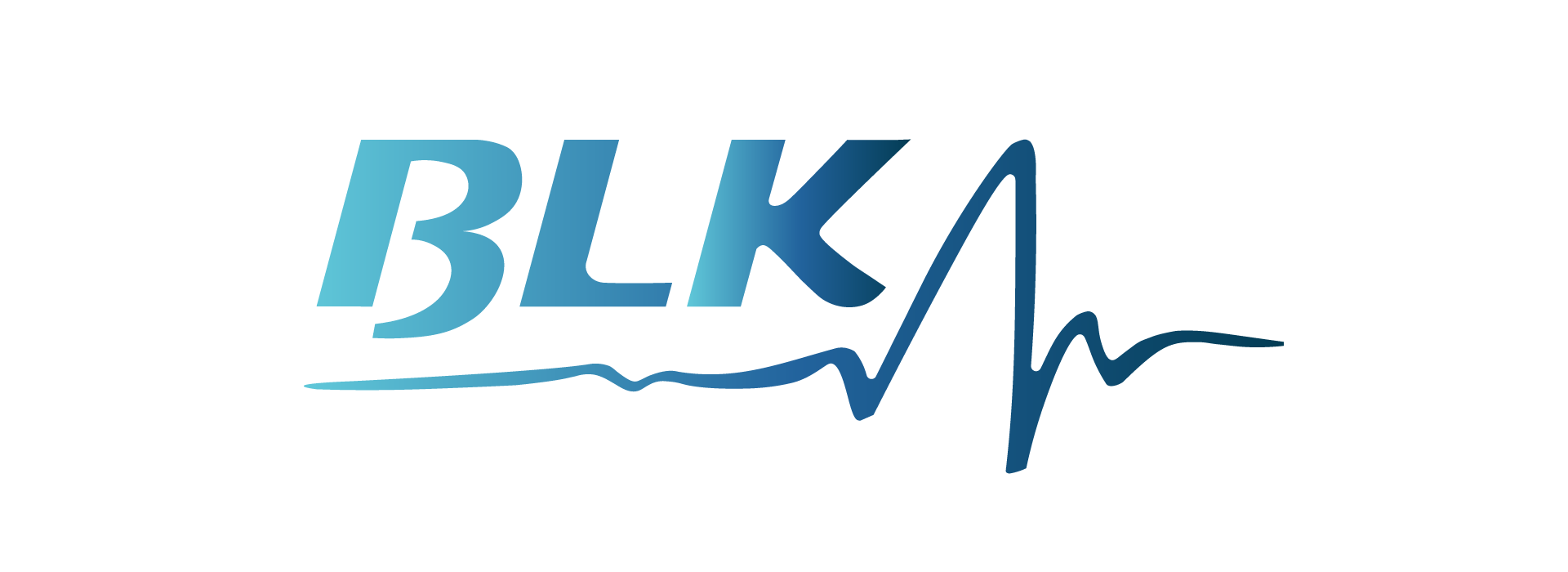Understanding Claims Workflow Optimization
Definition and Components
Claims workflow optimization refers to the streamlining and enhancement of every step involved in handling claims—from submission to settlement. It typically includes document intake, validation, processing, approvals, and communication with clients or policyholders.
Common Bottlenecks in Claims Management
Small and medium-sized enterprises (SMEs) often face issues such as manual paperwork, slow approvals, lack of visibility, and repetitive tasks—all of which can delay the claims lifecycle and increase operational costs.
Why SMEs Consider Outsourcing Claims Workflow
Cost Efficiency
For SMEs operating on tight budgets, outsourcing claims processing can significantly reduce overhead costs. They eliminate the need to hire full-time staff or invest heavily in in-house systems.
Access to Specialized Expertise
Outsourcing partners bring industry-specific experience and technical know-how, allowing SMEs to leverage best practices and reduce errors in claims processing.
Enhanced Turnaround Times
Outsourcing firms often guarantee faster claims resolution through optimized systems and 24/7 operations, improving customer satisfaction.
Evaluating Your Current Claims Workflow
Mapping the End-to-End Process
Before outsourcing, SMEs must document every stage of their existing claims process to understand workflow gaps and highlight areas that need improvement.
Identifying Redundancies and Inefficiencies
Look out for repetitive manual tasks, long approval chains, and disconnected systems. These are prime candidates for automation or third-party intervention.
Key Benefits of Optimized Claims Workflow
Improved Customer Satisfaction
Faster and more accurate claims processing translates to happier clients and improved retention rates.
Greater Accuracy in Claims Handling
Reducing human intervention and leveraging automation minimizes errors, ensuring claims are handled correctly the first time.
Regulatory Compliance
A well-optimized workflow ensures all documentation and processes align with local laws and industry regulations.
Risks of Poorly Managed Outsourcing
Loss of Control Over Processes
Outsourcing without proper governance can lead to a lack of transparency and reduced control over your claims operations.
Data Security Concerns
Sharing sensitive client data with third-party vendors introduces risks unless proper cybersecurity protocols are enforced.
Vendor Dependence
Over-reliance on a single outsourcing partner can create challenges in switching vendors or scaling operations independently.
Pre-Outsourcing Checklist for SMEs
- Define Clear KPIs to measure vendor performance.
- Vet Vendor Capabilities through references and case studies.
- Clarify Data Protection Policies and ensure compliance with local data laws.
How to Choose the Right Outsourcing Partner
Experience in Your Industry
Choose a vendor with domain knowledge in your sector—whether it’s healthcare, insurance, or retail.
Scalability and Flexibility
Ensure they can adapt to your business growth and changing needs.
Technology and Automation Tools
Vendors using modern tech like robotic process automation (RPA), AI, and cloud-based tools provide a significant edge.
Integration of Technology in Claims Workflow Optimization
Role of AI and RPA
AI helps detect fraud, predict claim outcomes, and automate approvals. RPA accelerates repetitive tasks like data entry.
Importance of API Integrations
APIs enable seamless data exchange between your internal systems and the outsourced platform.
Real-Time Analytics and Dashboards
Track performance metrics and claims status instantly through visual dashboards.
Legal and Compliance Considerations
GDPR, HIPAA, and Local Laws
Ensure your outsourcing partner complies with relevant data protection regulations.
Service Level Agreements (SLAs)
Clearly define turnaround times, quality benchmarks, and penalties for breaches in SLAs.
Risk Sharing Contracts
Establish terms where vendors share responsibility in case of data breaches or service disruptions.
Measuring Success Post-Outsourcing
Performance Metrics to Track
Measure turnaround time, first-pass resolution rate, and customer satisfaction scores.
Customer Feedback Loop
Encourage clients to rate their claims experience to gain real-time insights.
Ongoing Vendor Review Mechanism
Regularly audit vendor performance against KPIs and renegotiate terms if needed.
Myths About Outsourcing Claims Workflows
- Outsourcing Equals Job Loss: It often complements internal teams rather than replaces them.
- Quality Will Decline: With the right partner, quality typically improves due to specialized expertise.
- Only for Large Corporations: SMEs can benefit just as much, if not more, due to scalability and cost savings.
Conclusion
Strategic Approach to Outsourcing
For SMEs, claims workflow optimization through outsourcing is a strategic move that offers efficiency, accuracy, and scalability—when done right. It’s not just about cutting costs but about enhancing service delivery and compliance.
Final Thoughts for SMEs
Before handing over your claims process to a third party, take time to understand your current workflow, evaluate the risks, and choose the right partner. With preparation and clear goals, SMEs can unlock immense value from outsourcing.
FAQs
Is it safe for SMEs to outsource claims handling?
Yes, with proper due diligence, contracts, and data security policies in place, outsourcing can be very secure.
Can SMEs customize outsourced workflows?
Absolutely. Most providers offer tailor-made workflows to suit your unique needs.
What industries benefit most from outsourcing claims?
Healthcare, insurance, retail, and logistics sectors are top beneficiaries.




